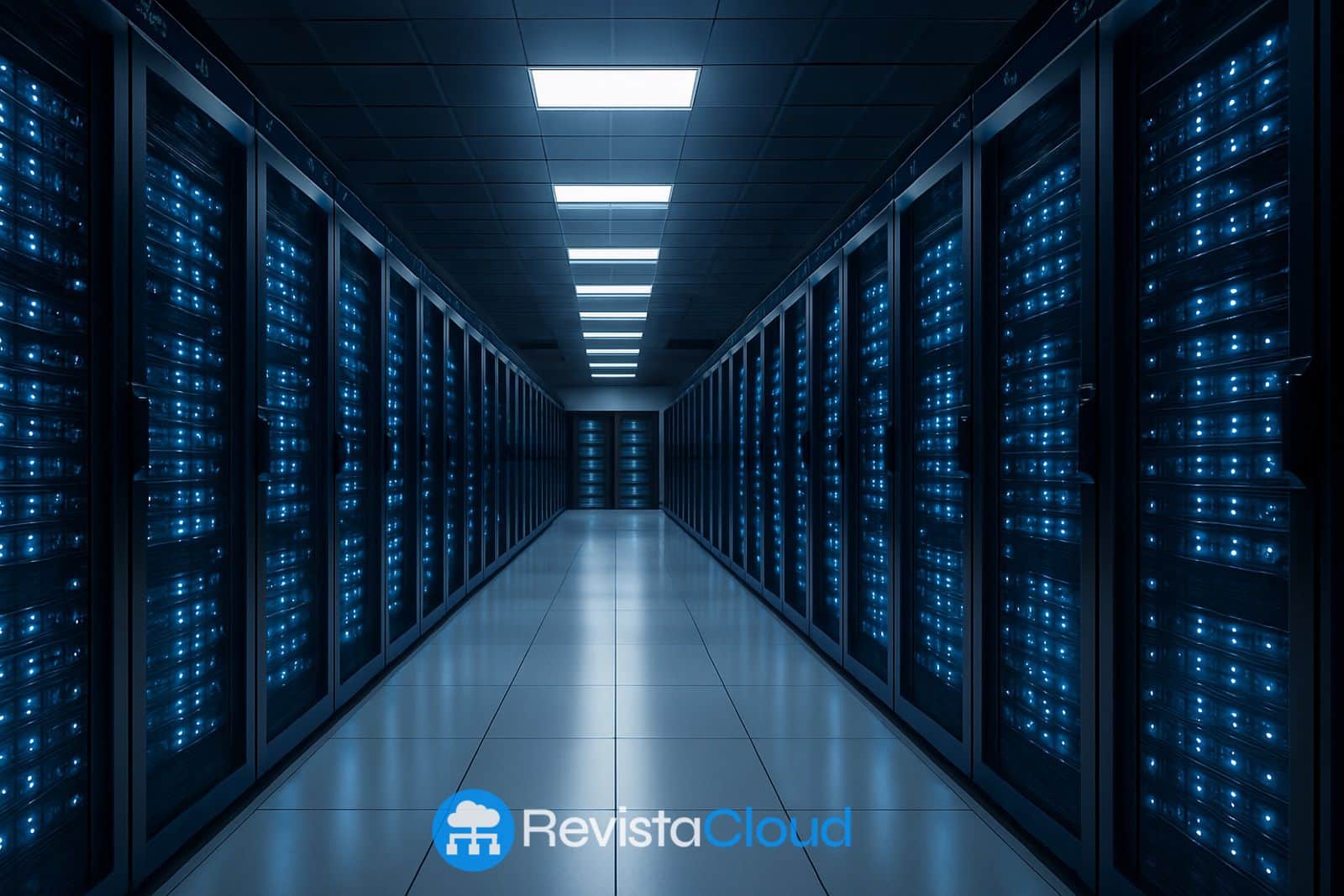The latest report from Uptime Institute reveals a resilient industry under pressure from AI demand, energy constraints, and a shortage of senior talent.
The 15th edition of Uptime Institute’s global data center survey paints a clear picture of a forward-moving yet challenging sector. With over 800 data center operators and owners surveyed worldwide, the study highlights that the industry is at a critical juncture marked by the urgent need for modernization, rising operational costs, and uncertainty over how to handle the increasing workload driven by artificial intelligence (AI).
Andy Lawrence, Uptime Institute’s chief research officer, succinctly sums it up: “Operators face multiple strategic challenges simultaneously. From anticipating unpredictable technological changes and planning expansions despite energy restrictions to attracting and retaining qualified leadership talent.”
The AI revolution and rack density growth as drivers of transformation
One of the most notable findings is the steady increase in rack energy density. While most data centers still operate within densities of 10 to 30 kW per rack, the consistent rise reflects ongoing adaptation to accommodate hardware specialized for AI, such as high-performance NVIDIA GPUs. However, extreme deployments remain exceptions, with installations exceeding 30 kW per rack still rare.
Additionally, about a third of respondents already utilize their facilities for training or running AI models, with conservative but steady growth forecasts. Nonetheless, significant uncertainty remains regarding where these loads should be hosted—on-premises, in the cloud, or hybrid setups—and how to manage the associated energy consumption.
Cost concerns and sustainability metric delays
Cost remains the top concern for digital infrastructure teams in 2025. A new worry also emerges: the ability to accurately forecast future power and space needs amid rapidly changing requirements due to new applications and AI accelerators.
Meanwhile, the report underscores stagnation in sustainability metrics improvements. For the sixth year running, the PUE (Power Usage Effectiveness) index has barely changed. Challenges from legacy infrastructure and local climate conditions continue to hinder improvements in cooling efficiency. Additionally, environmental regulatory commitments seem to be easing in some regions just as commercial momentum for AI demands more resources.
Fewer critical outages, but they still occur
While high-impact outages are gradually decreasing, one in ten incidents still results in severe or major disruptions. This emphasizes the ongoing need to invest in operational resilience, preventive management, and fault-tolerant architectures.
Confidence in AI’s role in data center operations remains cautious: most operators view its use favorably for sensor data analysis or predictive maintenance but are hesitant to delegate decisions related to configuration, equipment control, or personnel management.
Senior talent at risk of extinction
For the first time, the report warns of a sharp shortage of senior profiles. As many veteran leaders retire, organizations are struggling increasingly to fill key roles with experienced personnel. This results in a management deficit just as the industry enters a new growth phase fueled by AI, hybrid cloud models, and the push for more sustainable and efficient data centers.
Moving toward a hybrid and unpredictable model
Despite migration to the cloud, corporate data centers remain vital for critical workloads. About 45% of workloads still reside on-premises. The hybrid model—combining on-site infrastructure, colocation, and cloud—continues to be the dominant strategy.
For three decades, Uptime Institute has been a global benchmark for certifications, standards, and training in the data center industry. Its annual survey, considered the most extensive and longest-running in the sector, provides an essential snapshot for anticipating trends, assessing risks, and shaping strategies in a landscape where energy, talent, and AI have become key variables of an increasingly complex equation.
More information: Uptime Report and uptimeinstitute

